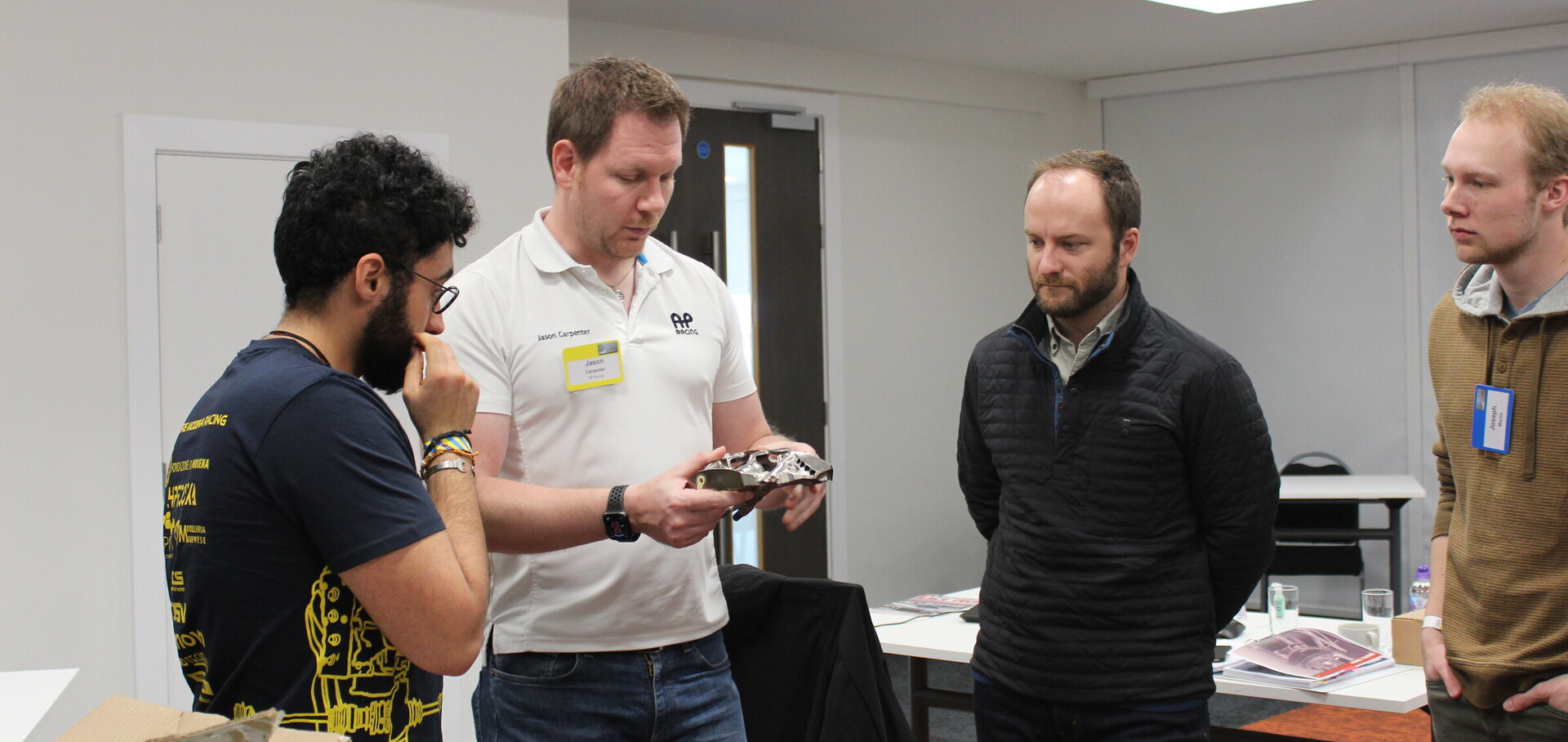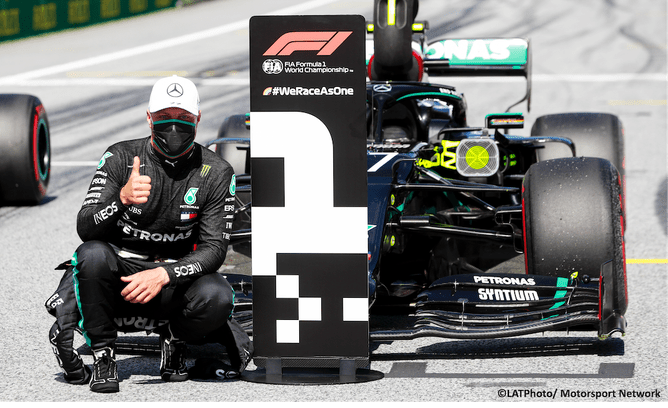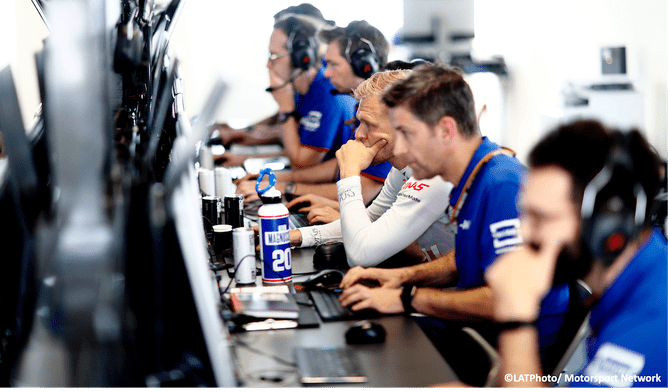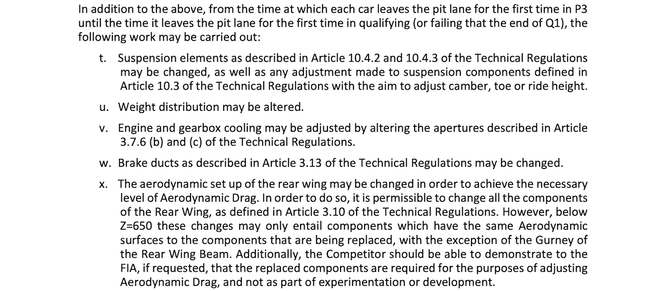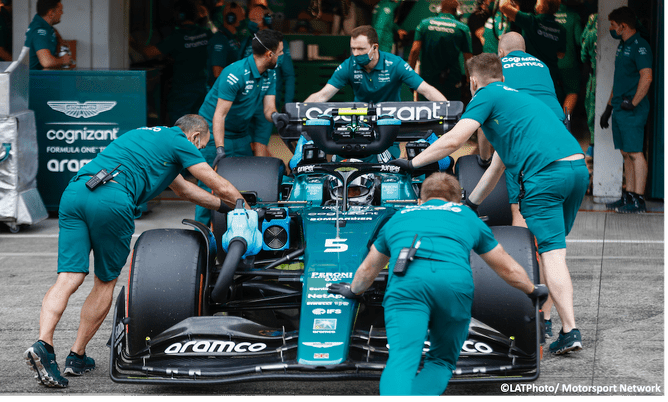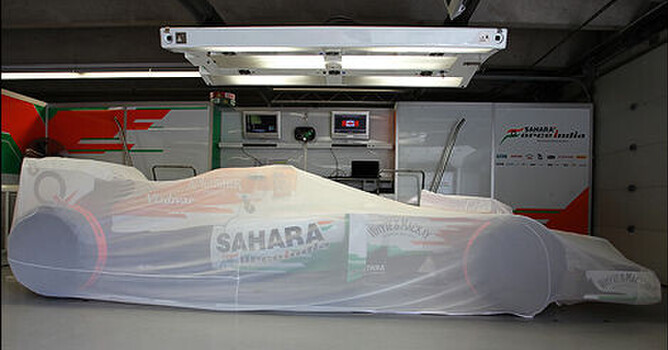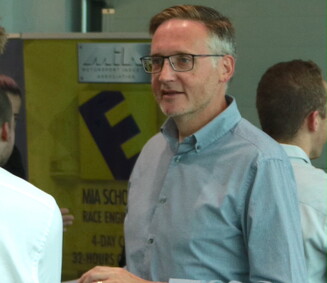Saturday begins with teams queueing at the turnstiles to get into the paddock as curfew ends. Today is the first day of proper competition after yesterday’s testing and experimentation. By the end of track running, you will know how fast you are and have an idea of what race to expect.
Morning preparation
The mechanics head to the garage to finish preparing the car and start to warm engines and tyres, while the engineers head to the office. As always, there is a meeting before the session where any overnight changes and other information that affects FP3 are discussed. The race engineers will then finalise the starting set-up and present the run plan for the session. Everyone else in the meeting will then have a couple of minutes to provide updates on their areas including; tyres, power unit, controls, aero, strategy and weather.
Parc Fermé
A big change from Friday to Saturday is that the various parc fermé regulations come into force. As soon as FP3 starts, the main build of the cars is largely fixed and only set-up changes are allowed, according to article 5.4 of the Sporting Regulations. This means race engines and gearboxes are in the cars and few adjustments are allowed.
Optimising performance in FP3
After the obligatory engine and gearbox runs in the garage, it’s time for the session to start. On the face of it, FP3 is similar to the two hour-long sessions on Friday. In reality, it is much more performance focussed. Unless things went badly yesterday, there should be no test components to run. The opening runs confirm the overnight set-up change with perhaps some time for tweaks. The final run is almost always low fuel/new tyre, possibly at full engine mode.
Time pressure
One of the most difficult periods in a race weekend is the two-hour gap between FP3 and qualifying. It is never long enough and some of it is lost to the general movement of people after the session ends.
The race engineer has to finalise the set-up and build of the car, taking in information from the usual suspects: aero, tyres, controls, systems and power unit. There is a debrief to fit in to make sure all of the information gained in FP3 has been shared. The driver will be very focused on qualifying, so overlays and video analysis will be examined to extract every last millisecond from driving lines and braking points.
The main reason for the pressure is the imminent start of full parc fermé regulations. Any errors at this point are a major problem as everything other than tyre pressure and front wing setting are now fixed. Major mistakes in setting cooling level, choosing brake material and ducting or selecting ride heights can derail the weekend.
Most series have important regulatory documentation that must be submitted to the FIA (or equivalent) at this time. The technical passport in Formula E is a good example, listing tyres and serial numbers from certain key powertrain components.
Things become even worse if there was a technical problem or an accident in the session. The current F1 cars are incredibly difficult to work on. In 2003, it was possible to change an engine and have the car ready to go again in less than an hour. In 2022, it is just about achievable to get out for qualifying if you get the car back during FP3.
Qualifying
The plan for the session will have been discussed in the morning, but there will be another meeting to confirm timings. In reality, there’s not much flexibility to do anything more than two runs in each session. There are also very few laps of full power engine mode available and limited new tyres. The race engineer’s job is mostly to set the precise timings to leave the garage and to have correct fuel fills and tyre sets to hand. Problems and red flags allowing, the session itself is probably one of the few that runs close to the plan.
And relax… slightly
In the Race Engineering day by day - Friday article, I started by saying that the race weekend got easier as it went on. In my experience at least, this was the moment that things changed. Once the post-qualifying debrief is over, there is a bit of a release of pressure, for the rest of the day.
The cars are in parc fermé and can’t be worked on or changed. They may not even return to the garage for a while if you have done well and they are being thoroughly checked by the FIA. The race is not for 20 hours or so and there isn’t even a curfew, so there are no more major time limitations. The drivers are probably not available either as the commercial teams will have arranged multiple press events. This means the engineers have a short breather after the adrenaline of qualifying and can then turn their attention to race preparation with minimal distraction.
Race preparation
Most of the engineering work at this point comes down to starts, tyres and strategy. More meetings throughout the afternoon will cover all of these. The strategy group will have been slightly in the background up until now, but this is when they step forward. All of the information the strategists have gathered so far will be fed into strategy models. Knowing everyone’s starting position was the last piece of the puzzle.
By the end of the day, a preliminary race plan will have been set. The rest of the time is usually spent catching up on analysis and reporting everything that has happened so far. Half an eye is kept on the support races. It is interesting to see which side of the grid had the best starts, where incidents occur and how safety cars were deployed among other things.
Finally, the cars are covered in the garage with cameras set up to allow the FIA to ensure that no-one has tampered with them. Tomorrow is race day.
